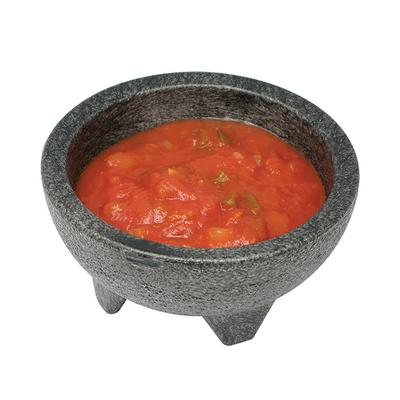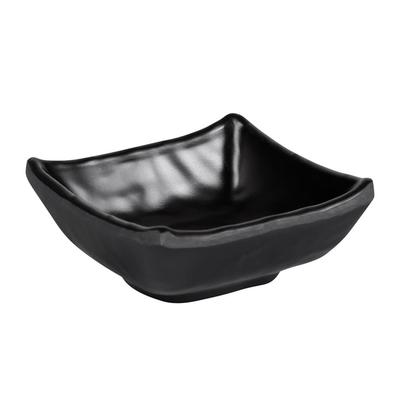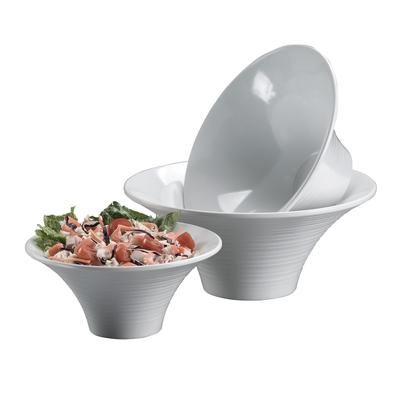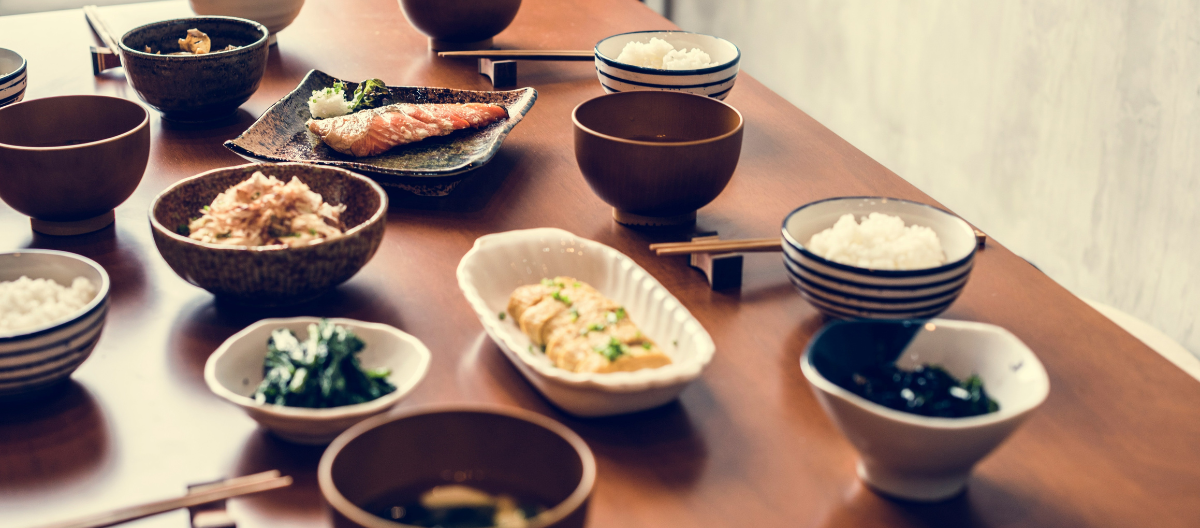Hey Diva dressing fans! When the items we love coincide with brands we work with, Diva dressing will use Paid Links in our articles. If you decide to click on these links and purchase the product, we get a small commission. Our Opinions Are Our Own, but we do add Paid Links as a way to offer these products at no added cost to our readers. Want to know more? Click Here to check out our Terms of Use anytime!
Food is more than just sustenance; it serves as a powerful lens through which we can understand history, culture, and social dynamics. The historical context and cultural significance of food and dining reveal how our culinary practices have evolved over time and how they reflect societal values, traditions, and identities.
Food as a Reflection of History
The transition from hunter-gatherer societies to agricultural communities marked a significant turning point in human history. The domestication of crops and livestock allowed for permanent settlements, which led to population growth and the rise of civilizations. This shift influenced dietary patterns, cooking methods, and social structures.
Trade routes, such as the Silk Road, facilitated the exchange of not only goods but also culinary practices. Spices, ingredients, and cooking techniques traveled across continents, enriching local cuisines and leading to the emergence of fusion dishes. The Age of Exploration further expanded culinary horizons as European explorers brought new ingredients back from the Americas, like tomatoes and potatoes.
Cultural Significance of Food
Food plays a vital role in shaping cultural identity. Traditional dishes often carry historical significance, reflecting the heritage of a community or nation. For instance, dishes like pho in Vietnam or paella in Spain are emblematic of their respective cultures and are often linked to regional ingredients and cooking methods.
Food is central to rituals and celebrations, marking important life events such as weddings, births, and religious ceremonies. Each culture has its own unique customs surrounding food, such as the use of specific dishes during holidays or the preparation of meals to honor ancestors.
Social Dynamics and Class
Throughout history, access to certain foods has been a marker of social status. Wealthy individuals often had access to a diverse array of ingredients, while lower classes relied on simpler, more affordable staples. This dynamic is evident in historical texts that describe the extravagant feasts of nobility contrasted with the humble meals of peasants.
Culinary practices have also been shaped by gender roles. Traditionally, women have been responsible for food preparation and nurturing through cooking, while men have often held roles in food production or professional kitchens. This division of labor reflects broader societal attitudes toward gender and has evolved with changing cultural norms.
Modern Implications of Historical Context
Today, globalization has accelerated the blending of culinary traditions, creating a vibrant tapestry of flavors and dishes. Modern dining reflects this historical context, as cultures borrow from one another, leading to the emergence of global cuisines.
As we reflect on historical food practices, contemporary discussions around sustainability and ethical eating have emerged. Many people are now reconsidering their food choices, seeking locally-sourced, organic, and ethically produced ingredients to honor both cultural traditions and environmental responsibility.
Food as a Narrative Tool
Food serves as a powerful medium for storytelling, allowing individuals to connect with their cultural roots and share their experiences. Cookbooks, food blogs, and culinary documentaries often highlight personal narratives that explore the significance of food in different cultures.
The culinary arts are increasingly recognized as a form of cultural expression. Chefs and home cook alike use food to convey their stories, bringing attention to the cultural heritage and history behind their dishes. This cultural exchange enriches the dining experience and fosters appreciation for diverse culinary practices.
Here are some products you can try in your kitchen
Thunder Group WDTSB008 8″ Salad Bowl, Woven Wood $10.66

Winco PMSB-10 10 oz Molcajete Salsa Bowl $10.80

Elite Global Solutions JW4007-B 2 oz Square Melamine Bowl, Black $10.94

American Metalcraft FLRB8 33 oz Round Melamine Serving Bowl $11.02

Cal-Mil 22491-74-13 16 oz Oval Melamine Serving Bowl $11.09



